Small-ScaleDairy Farming Manual |
Volume 1 |
|
|
|
|
 |
|
|
What should you know about milk collecting centres ?
 |
1 What is important in milk
collection ? (5-7)
- delivering your milk quickly and at a low cost - testing your milk.
|
 |
2 What does the milk collecting
centres do ? (8-19)
If your milk is good quality, the centres:
|
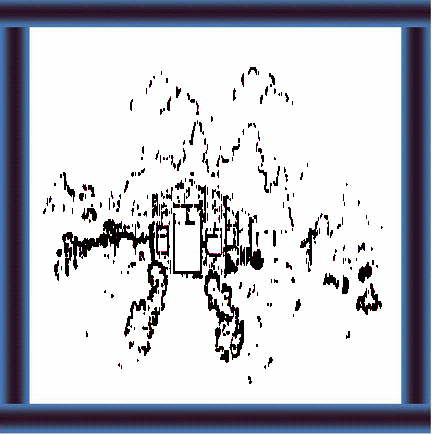 |
3 What is important in the
location of milk collecting centres ?
- water supply and waste disposal
|
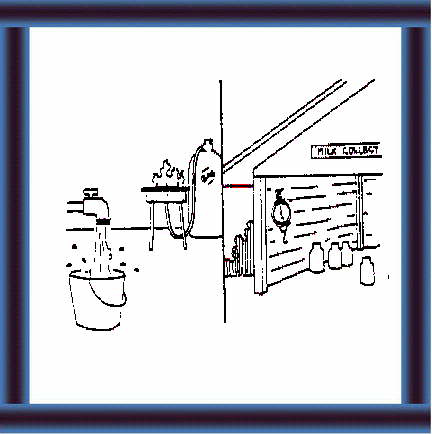 |
4 What type of utilities, buildings
and equipment are necessory ? (21-41)
A centre needs:
|
Note: (The numbers in brackets refer to illustrations in the Extension Materials)
What is important in milk collecting ?
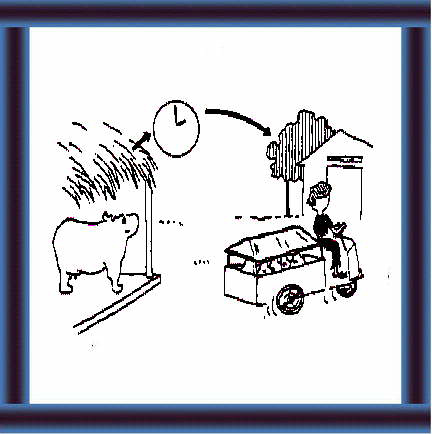 |
5 Getting milk to the collecting centre in the shortest time. |
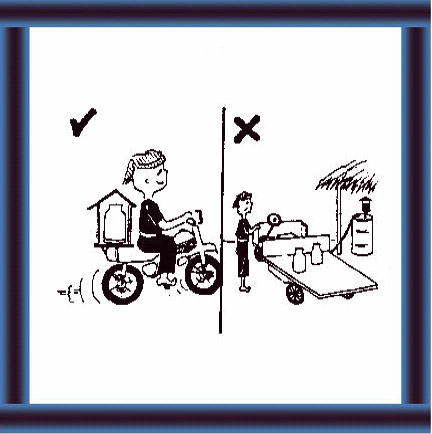 |
6 Getting milk to the collecting centres at low cost |
 |
7 When and how to test the quality of milk. |
What does a milk collecting centre do ?
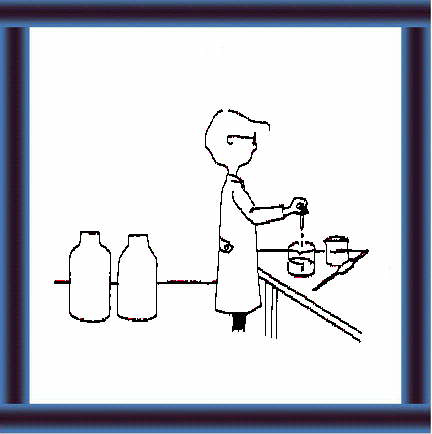 |
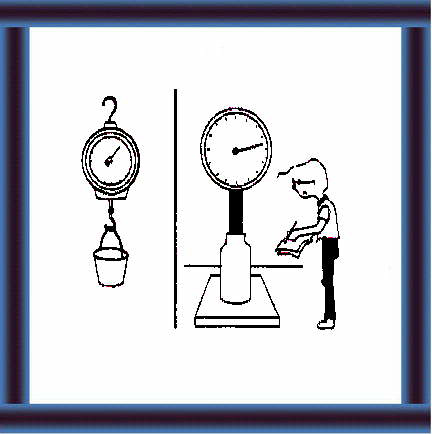 |
9 - weighs the milk |
 |
10 - records
the weights and
- tests results for each delivery |
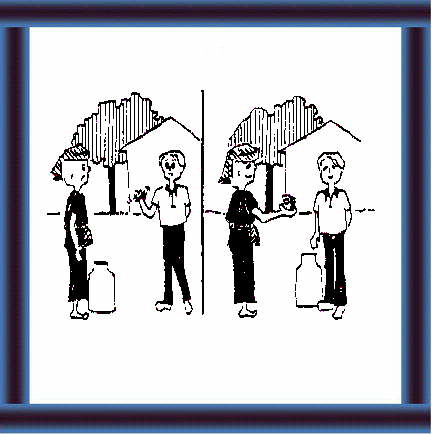 |
11 - rejects
poor quality milk.
Make sure your milk is good quality. |
Straining and filtering
 |
12 The centre strains your milk into a dump tank to remove impurities. |
 |
13 From the dump tank, the centre pumps the milk through a filter to a cooling tank. |
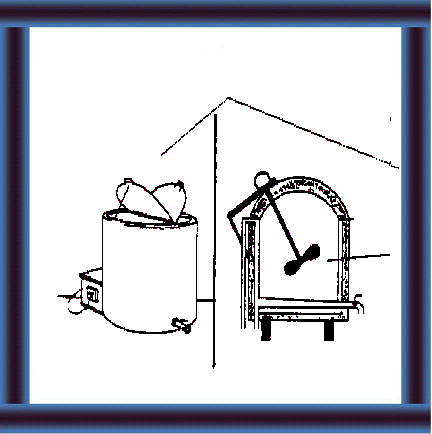 |
and
14 The centre
cools the milk and stores it in a farm-tank cooler.
|
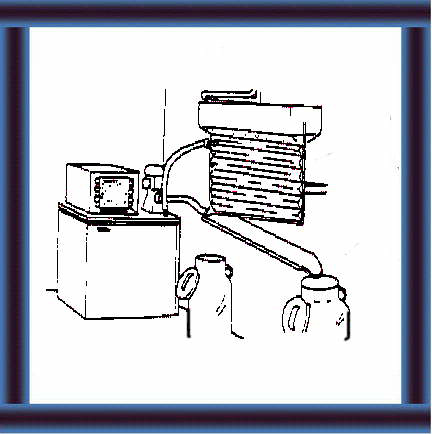 |
15 Some small centres use a surface cooler. Warm milk enters and the cool milk in cans is ready for transport. |
Dispatch and Sales
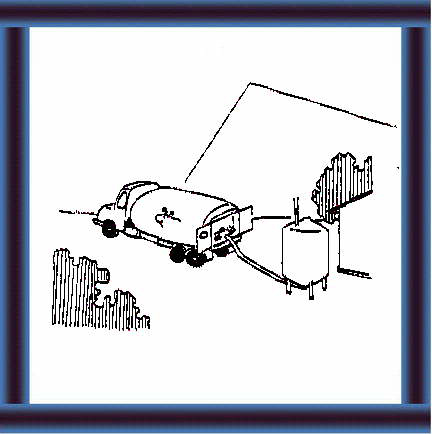 |
16 Tanker trucks collect the milk from the centres and send it to the dairy. |
 |
17 The centre may sell milk locally |
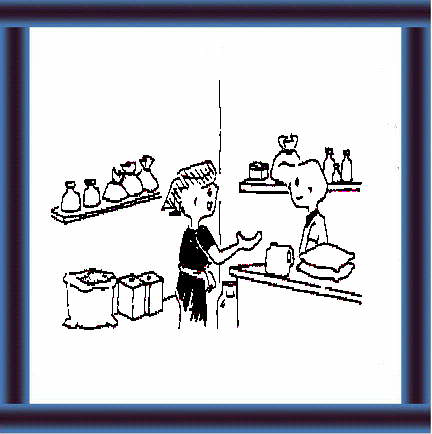 |
18 and also
supplies for the farm such as:
- concentrates - chemicals - equipment. |
 |
19 The centre will keep records and accounts and arrange payment for your milk. |
|
|
What utilities are necessory for a milk collecting centre ?
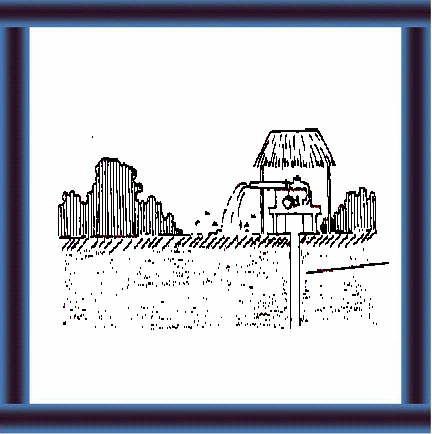 |
21 If there is no town supply, drill a borehole and use a pump. |
 |
22 If a borehole is not possible, use a shallow or rain water attachment. |
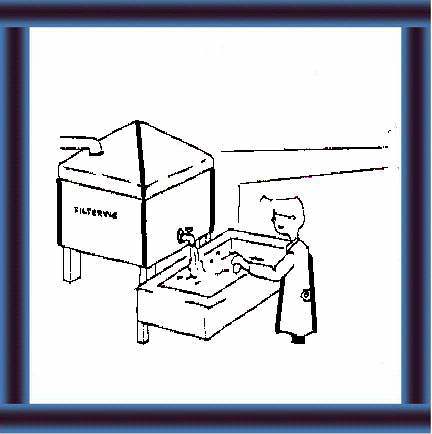 |
23 Make sure the water is safe by filtering and adding chlorine. |
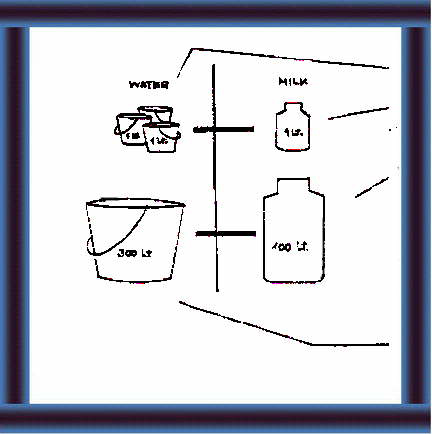 |
24 A centre needs 3 litres of water for every 1 litre of milk produced. So for 100 litres of milk, the centre needs 300 litres of milk. |
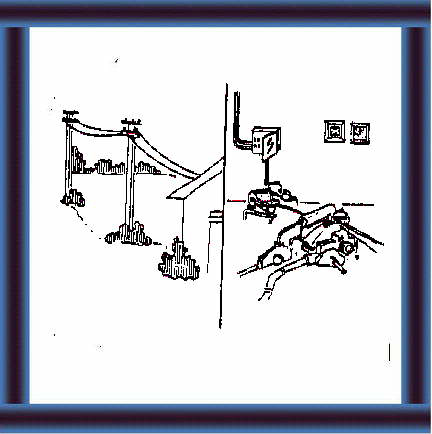 |
25 The centre needs electricity
to cool and pump the milk.
|
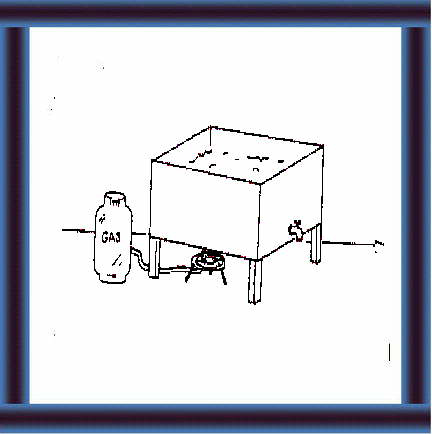 |
26 The centre can use gas for
heating water to clean and sterilize dairy equipment.
|
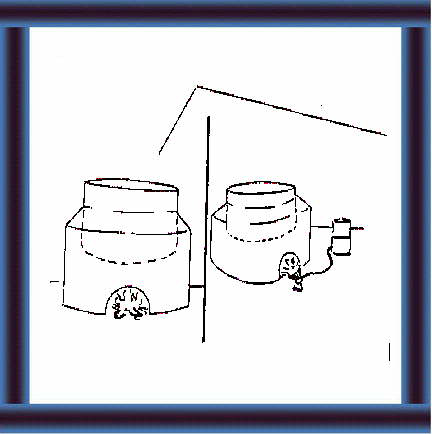 |
27 If no gas is available, the centre may use wood-fired or drip oil-fired boilers. |
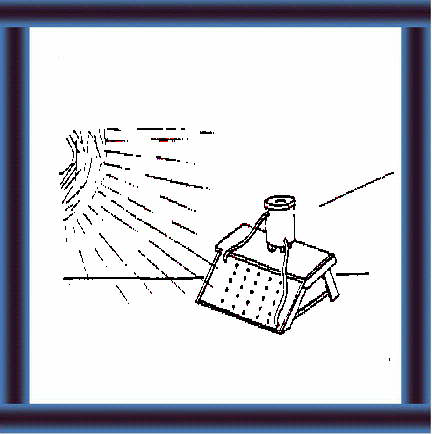 |
28 This centre collects the sun's
rays to heat water in the tank.
|
What type of building is necessory ?
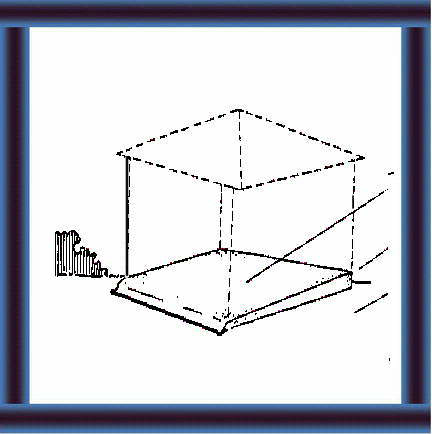 |
29 The floor
should be:
|
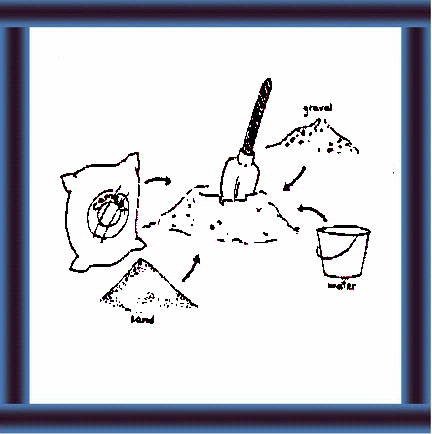 |
30 Mix concentrate correctly using cement, sand, gravel and water. |
 |
31 Let the concentrate dry slowly and sprinkle with water regularly for 3-4 days to prevent cracks. |
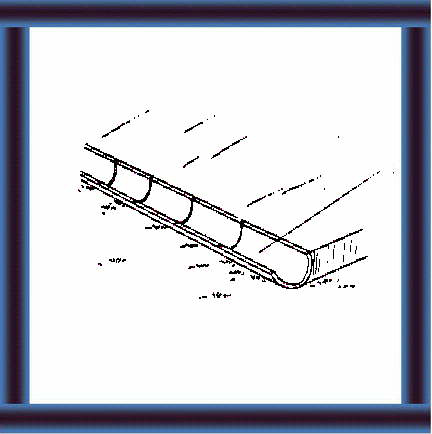 |
Walls and Windows
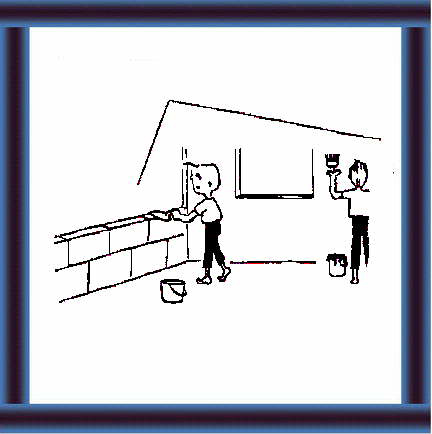 |
33 Use clay, stone or concentrate blocks for the walls and white wash or tile. |
 |
|
What type of equipment is necessory ?
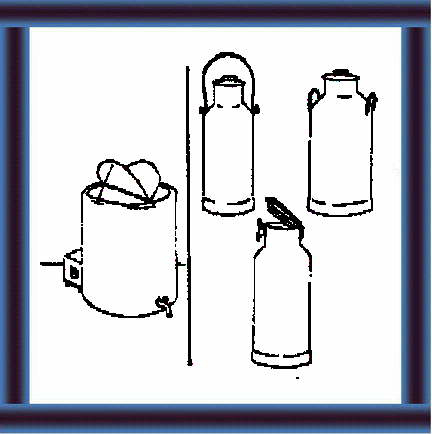 |
and
- cans |
 |
- brushes |
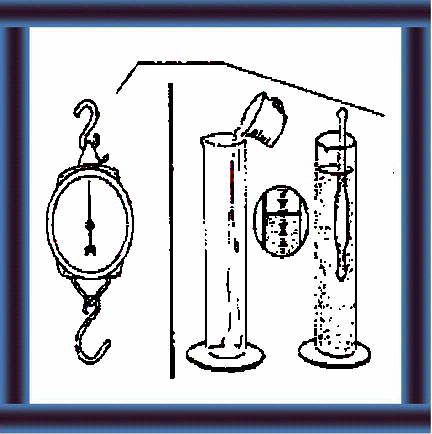 |
and
- laboratory equipment |
 |
39 fire extinguishers
|
How to get the best from equipment ?
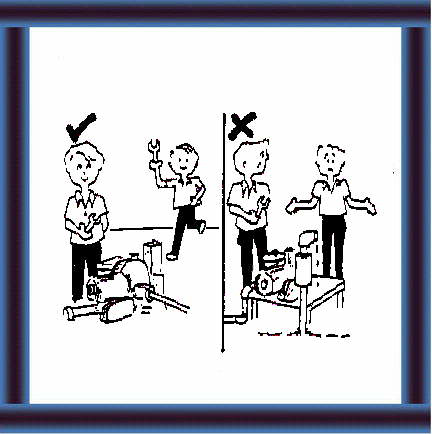 |
40 make sure spare parts are easily available. |
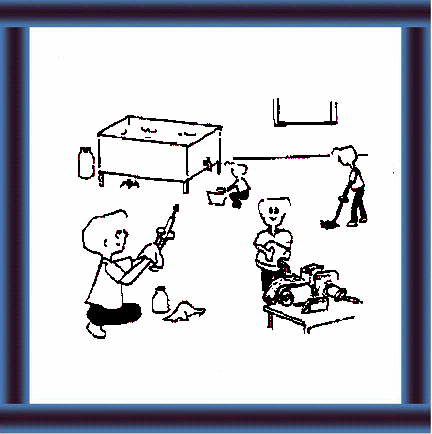 |
41 Maintain
equipment regularly
- clean everything
|
|